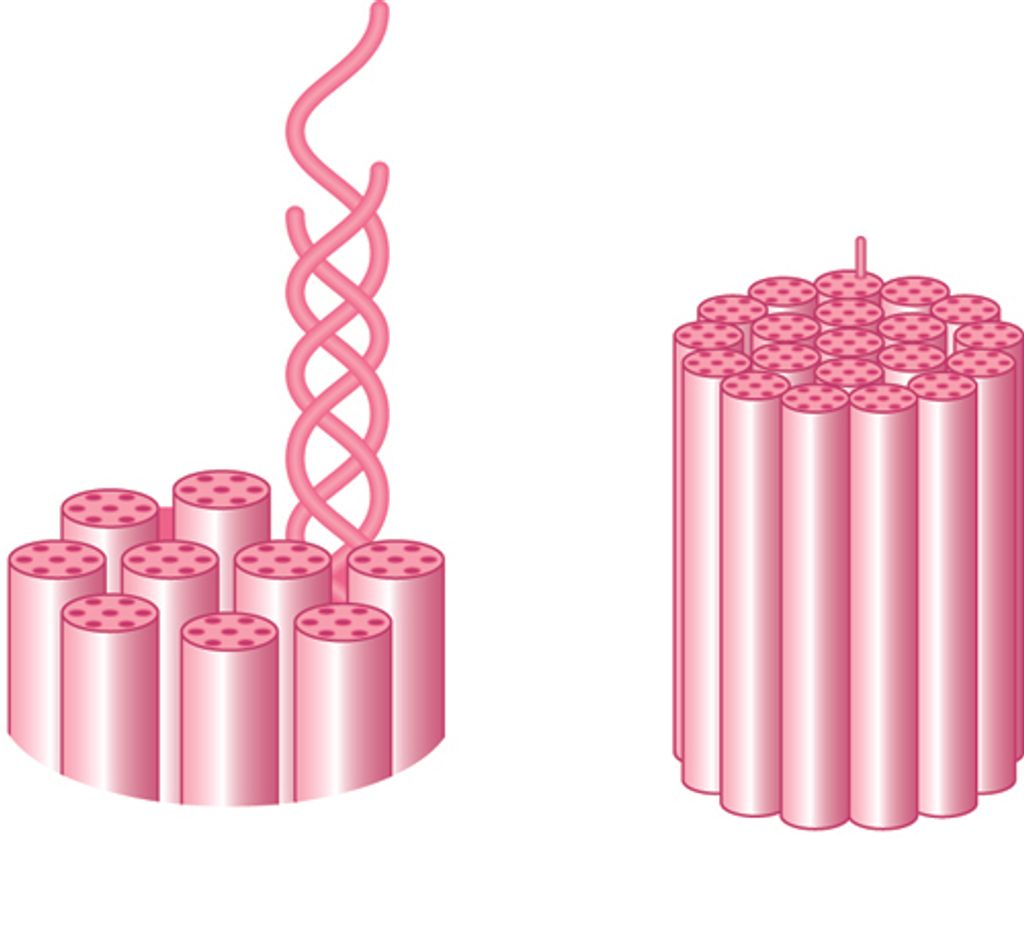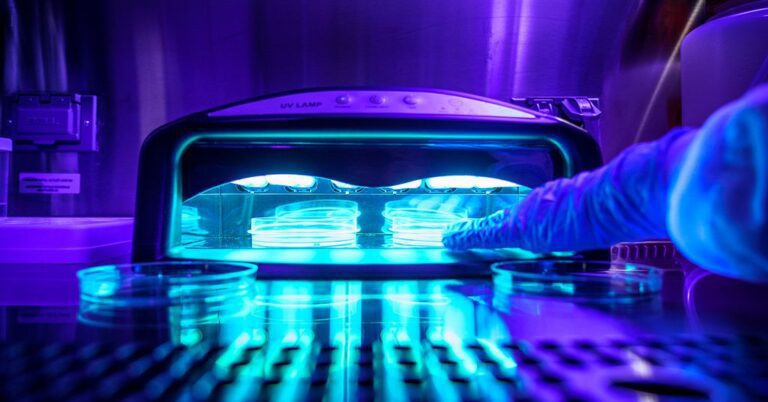“Regeneration Nation: Will Nails Always Grow Back?”
In this article, we will explore the fascinating world of nail regeneration and growth. From the biology of nail growth to common myths and medical conditions affecting nail regrowth, we will delve into the science behind the ability of nails to grow back. Additionally, we will discuss the impact of nutrition, technological advances, and the future of nail regeneration. Join us as we unravel the mysteries of nail growth and regeneration.
Key Takeaways
- Nails are composed of keratin, a protein that forms the building blocks of the nail structure.
- The nail matrix, located at the base of the nail, is responsible for initiating nail growth.
- Factors such as age, genetics, and overall health can influence the rate of nail growth.
- Nails cannot grow back after complete loss, as the nail matrix must be intact for regeneration to occur.
- Nutritional deficiencies, particularly of biotin and iron, can impair nail growth and health.
The Biology of Nail Growth

Understanding Keratin: The Building Block of Nails
Keratin is a tough, fibrous protein that forms the structural foundation of nails. It provides the strength and resilience necessary for healthy nail growth. The composition of keratin includes amino acids, particularly cysteine, which contribute to its robust structure. Understanding the role of keratin in nail development is essential for comprehending the factors that influence nail growth rate. The table below summarizes the amino acids present in keratin and their contributions to nail health.
The Nail Matrix: Where Growth Begins
The nail matrix, situated at the base of the nail under the cuticle, is the living tissue responsible for nail production. Cells in the nail matrix continuously divide and harden, eventually emerging as the nail plate we see. The health and functionality of the nail matrix are crucial for continuous nail growth.
Factors such as age, hormonal changes, and blood circulation influence the activity of the nail matrix. For instance, better circulation can lead to faster nail growth. Conversely, damage to the nail matrix can result in permanent changes to the nail’s structure or growth patterns.
Tip: To support nail matrix health, maintain a balanced diet and protect your nails from injury.
Understanding the nail matrix is essential for anyone looking to improve or maintain their nail health. It’s the starting point for all nail growth and the key to unlocking the secrets of nail regeneration.
Factors Influencing Nail Growth Rate
Nail growth is a complex process influenced by a myriad of factors. Age is a primary factor; as we grow older, the growth rate of our nails tends to slow down. This is due to changes in metabolism, circulation, and hormonal fluctuations. For instance, aging nails may exhibit a slower growth rate, becoming more prone to brittleness and other issues.
External factors such as exposure to harsh chemicals or extreme temperatures can also affect nail growth. It’s important to protect nails from these elements to maintain a healthy growth rate. Additionally, lifestyle choices, including smoking and alcohol consumption, can have a negative impact on nail health. For example, different alcohol types and consumption patterns can influence the body’s ability to regenerate tissues, including nails.
Genetics play a significant role in determining the speed at which nails grow. Some people may naturally have faster-growing nails due to their genetic makeup. Moreover, nutritional status is crucial; a diet lacking in essential vitamins and minerals can lead to slower nail growth and other nail health issues.
Tip: Regular moisturizing and protection from environmental damage can help maintain optimal nail growth conditions.
Common Myths About Nail Regeneration

Can Nails Grow Back After Complete Loss?
The question of whether nails can regenerate after complete loss is a complex one, with the answer largely depending on the extent of damage to the nail matrix. The nail matrix is the tissue under the skin at the nail’s base, responsible for producing cells that become the nail plate. If the matrix remains intact and healthy, there is a good chance that the nail can grow back over time.
However, if the matrix is severely damaged, nail regeneration may be compromised. In such cases, the new nail growth could be deformed, or there might be no growth at all. It’s essential to protect the nail matrix from injury to ensure the best chance for nail regrowth.
- Intact Nail Matrix: Likely regrowth
- Damaged Nail Matrix: Potential for deformed growth or no growth
Tip: Immediate and appropriate treatment of nail injuries can significantly improve the prospects of nail regrowth.
The Truth About Nail Growth Post-Injury
When a nail is subjected to injury, the body’s natural response is to initiate repair and regrowth processes. However, the outcome of this regrowth can vary significantly depending on the severity of the injury and the condition of the nail matrix—the root of nail growth. If the matrix remains intact, nails are likely to grow back over time, although they may take several months to return to their original state.
- In cases of minor injuries, nails often recover without noticeable changes.
- Severe trauma may result in nails growing back malformed or not at all.
It’s crucial to understand that post-injury nail growth is not a uniform process and can be influenced by various factors such as age, nutrition, and overall health. For instance, younger individuals tend to experience faster regrowth compared to older adults.
Tip: To support nail recovery post-injury, maintain a balanced diet rich in proteins and vitamins, and consider consulting a healthcare professional for proper care and treatment.
Debunking the Myth of Nail Growth After Death
One of the most persistent myths about human biology is that nails continue to grow after a person has died. This belief is often bolstered by anecdotal observations of longer nails on deceased individuals. However, this phenomenon can be explained by the natural dehydration process that occurs post-mortem, causing the skin around the nails to retract, which gives the illusion of growth.
In reality, nail growth is a function of the living body, specifically the nail matrix, which is responsible for producing new nail cells. Once the body ceases to function, so too does the nail matrix, halting any further nail development. It’s important to understand that what might appear as nail growth is actually a result of the body’s tissues contracting.
Tip: If you notice your nails appearing longer without any actual growth, consider the possibility of dehydration affecting the surrounding skin.
To further clarify this misconception, let’s look at the biological processes that cease after death, effectively ending nail growth:
Medical Conditions Affecting Nail Regrowth

Fungal Infections and Their Impact on Nails
Fungal infections are a common adversary of healthy nails, often leading to conditions that can impede the natural growth and regeneration process. The primary culprit, known as onychomycosis, manifests in nails that become discolored, thickened, and distorted. This not only affects the nail’s appearance but can also cause discomfort and pain.
Effective management of fungal infections is crucial for maintaining nail health. Treatments range from topical antifungal agents to oral medications, depending on the severity of the infection. It’s important to address these infections promptly, as they can become more difficult to treat over time and may lead to permanent nail damage.
Tip: Early intervention is key in treating fungal nail infections to prevent long-term effects on nail growth and health.
While anyone can develop a fungal nail infection, certain factors increase the risk, including age, reduced blood circulation, and a weakened immune system. Maintaining good nail hygiene and keeping nails dry and clean can help prevent the onset of fungal infections.
The Effects of Psoriasis on Nail Health
Psoriasis is a chronic skin condition that can significantly affect nail health. When psoriasis affects the nails, it can lead to a variety of changes, such as pitting, discoloration, and separation of the nail from the nail bed, a condition known as onycholysis. The severity of these symptoms can vary widely among individuals.
One way to assess the impact of psoriasis on nails is through the Nail Psoriasis Severity Index (NAPSI). This scoring system helps to quantify the extent of nail damage and is a valuable tool for both diagnosis and monitoring treatment effectiveness.
Early intervention is crucial in managing nail psoriasis. Timely treatment can help mitigate symptoms and prevent further nail damage.
In cases where psoriasis leads to psoriatic arthritis (PsA), the nails can undergo even more pronounced changes. These can include severe nail pitting and dystrophic changes, which may require more aggressive treatment strategies to reduce inflammation and preserve nail integrity.
Trauma and Permanent Nail Damage
Trauma to the nails can result in permanent damage, affecting the nail growth process. Injuries to the germinal matrix, in particular, have a higher likelihood of causing long-term impairment to nail growth. It is important to seek early treatment to prevent irreversible damage. Additionally, keeping nails short and wearing gloves during manual labor can help minimize the risk of trauma-related nail injuries. Avoiding habits such as biting and picking the nails is also crucial for maintaining nail health. For more information on nail care and treatment options, please visit our website or contact us at [email protected].
Nutrition and Nail Health

Essential Nutrients for Healthy Nails
The foundation of strong and healthy nails lies in a balanced diet rich in specific nutrients. Biotin, also known as vitamin B7, is paramount for nail health, aiding in the prevention of brittleness and promoting growth. Other essential nutrients include:
- Protein: As the building block of keratin, adequate protein intake is vital.
- Iron: Prevents brittle nails and supports overall nail strength.
- Vitamin C: Necessary for collagen production, which fortifies the nail structure.
- Omega-3 fatty acids: These healthy fats moisturize the nail bed and boost shine.
Incorporating a variety of vitamins and minerals into your diet can lead to noticeable improvements in nail health. For example, vitamin E is known for its antioxidant properties, which can protect nails from damage caused by free radicals.
Tip: While supplements can be beneficial, obtaining these nutrients from whole foods is generally more advantageous for your health.
Remember, consistency in your diet is key to maintaining the integrity of your nails over time. A sudden lack of essential nutrients can lead to noticeable changes in nail quality and growth.
Dietary Deficiencies and Nail Growth Impairment
The health of our nails is closely tied to our dietary intake, with certain nutrients playing pivotal roles in nail growth and maintenance. A deficiency in these essential nutrients can lead to noticeable changes in nail strength and quality. For instance, iron is crucial for preventing brittle nails, while biotin and calcium are known to maintain nail integrity, preventing them from becoming brittle or cracked.
While the evidence for treating nail disorders with vitamins is limited, it is clear that a balanced diet rich in vitamins and minerals is fundamental for nail health. Vitamin C, in particular, is essential for the growth and repair of tissues, including those found in nails. A lack of Vitamin C can lead to various nail-related issues, highlighting the importance of a well-rounded diet.
Tip: To promote healthy nail growth, ensure your diet includes a variety of nutrients, especially those known to support keratin production, such as protein, iron, and Vitamin C.
If you suspect your nails are suffering due to dietary deficiencies, consider the following nutrients and their impact on nail health:
Supplements: Do They Help Nails Grow Back?
Supplements play a significant role in supporting nail health and growth. While there is no magic pill for instant nail regeneration, certain essential nutrients can aid in the process. These nutrients include biotin, vitamin A, vitamin C, and zinc, which are known to promote nail strength and growth. Additionally, a balanced diet rich in these nutrients can contribute to overall nail health and regeneration. It’s important to consult with a healthcare professional before starting any new supplement regimen to ensure it aligns with individual health needs and goals.
Technological Advances in Nail Regeneration

The Role of Biotechnology in Nail Repair
Biotechnology is revolutionizing the way we approach nail repair, offering innovative solutions that were once thought impossible. By harnessing the power of biological processes, researchers are developing treatments that can significantly improve nail regeneration.
One of the most promising areas is the use of bioengineered tissues and growth factors. These can stimulate the nail bed and matrix, encouraging the natural growth of the nail. Additionally, gene therapy techniques are being explored to correct genetic disorders that affect nail growth and health.
Tip: Early intervention with biotechnological treatments can enhance the likelihood of successful nail regeneration.
While the field is still in its infancy, the potential benefits of biotechnology for nail repair are immense. Patients with chronic conditions or those who have suffered severe nail trauma may soon have access to more effective and less invasive treatment options.
Stem Cells and the Future of Nail Regrowth
The exploration of stem cells in the context of nail regrowth is a burgeoning field that holds promise for those suffering from nail loss due to injury or medical conditions. Stem cells have the remarkable ability to differentiate into various cell types, offering a potential pathway for the regeneration of nail tissue.
Research has shown that certain stem cells located at the base of the nail are instrumental in the regenerative process. These cells spring into action following injury, contributing to the repair and regrowth of the nail. The discovery of these cells has opened new avenues for treatments that could harness their regenerative power.
Stem cell therapy could revolutionize the way we approach nail damage and loss. By understanding the specific roles and mechanisms of these cells, scientists aim to develop targeted treatments that could encourage the natural regrowth of nails. This could be particularly beneficial for individuals who have experienced severe nail trauma or those with conditions that impede nail growth.
Tip: Maintaining a healthy nail bed and cuticle area is crucial for optimal stem cell function and nail regeneration.
While the full potential of stem cell therapy for nail regrowth is yet to be realized, the ongoing research is a beacon of hope for future advancements in this area.
Innovative Treatments for Nail Restoration
The quest for healthier nails has led to the development of innovative treatments for nail restoration, which aim to address issues ranging from cosmetic concerns to medical conditions. These treatments often combine advanced science with practical application to offer solutions that were once thought impossible.
One such advancement is the use of peptide-infused nail treatments. These products leverage the power of peptides to strengthen and repair the nail structure, offering hope for those with damaged nails. Natural Nail Repair Kit by Dermelect Cosmeceuticals is an example of this technology in action, providing a specialized regimen for nail care.
Another breakthrough comes in the form of light-activated therapies. Dr. Scholl’s® Fungal Nail Revitalizer, for instance, uses LED light to enhance the treatment of fungal infections, gradually improving the nail’s appearance and integrity over time. This method represents a significant step forward in non-invasive nail care.
For best results, consistency in application and patience are key when using these advanced treatments.
Furthermore, non-invasive solutions like ClearSilk at Health + Glow offer a gentle yet effective approach to treating toe fungus, promoting the restoration of healthy nails without harsh chemicals or procedures. The Rescue Kit by Manucurist provides a comprehensive approach to nail care, especially for those recovering from the effects of traditional gel treatments or daily wear and tear.
Technological advances in nail regeneration have revolutionized the beauty industry, offering innovative solutions for nail care and restoration. At NAILinspire.com, we are dedicated to showcasing the latest breakthroughs in nail art design and providing a comprehensive library of inspiration for nail enthusiasts. Explore our collection of cutting-edge techniques, trends, and tutorials to elevate your nail art game. Join us at NAILinspire.com and unleash your creativity with the ultimate online nail art design library.
Frequently Asked Questions
Do nails always grow back after being completely lost?
Yes, nails have the ability to grow back after being completely lost. The nail matrix, located at the base of the nail, is responsible for nail growth and regeneration.
How long does it take for a nail to grow back after an injury?
The rate of nail growth varies, but on average, it takes about 3 to 6 months for a fingernail to grow back completely and 6 to 12 months for a toenail.
Can nails grow back after death?
No, nails do not grow back after death. The myth of nail growth after death is not supported by scientific evidence.
What role does nutrition play in nail health and regrowth?
Nutrition plays a crucial role in nail health and regrowth. Essential nutrients like protein, biotin, and vitamins A and C are important for promoting strong and healthy nails.
Are there any medical conditions that can permanently affect nail regrowth?
Yes, certain medical conditions such as severe trauma, fungal infections, and psoriasis can lead to permanent damage to the nail matrix, affecting nail regrowth.
Are there any innovative treatments for nail restoration?
Yes, there are innovative treatments such as platelet-rich plasma (PRP) therapy, laser therapy, and stem cell therapy that show promise in promoting nail restoration and regrowth.





